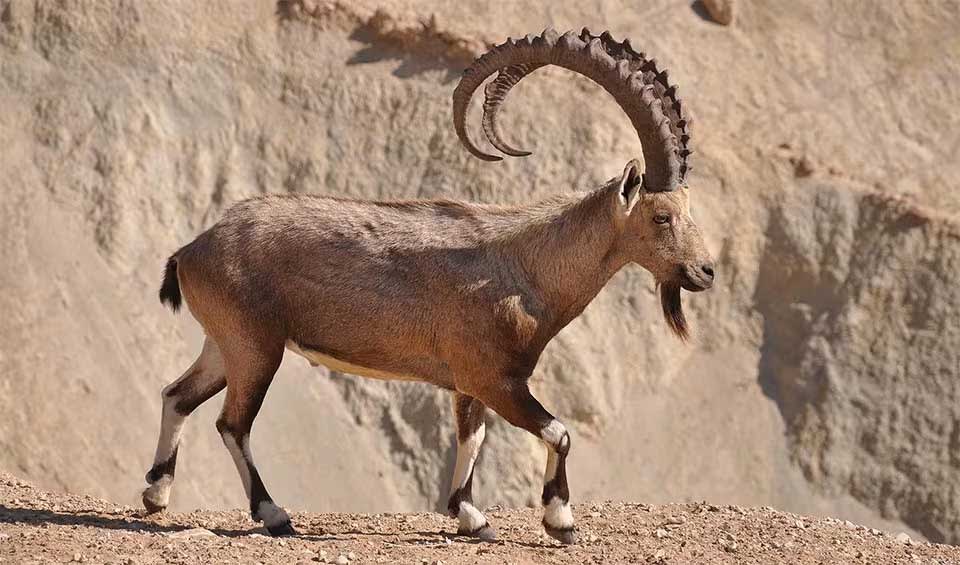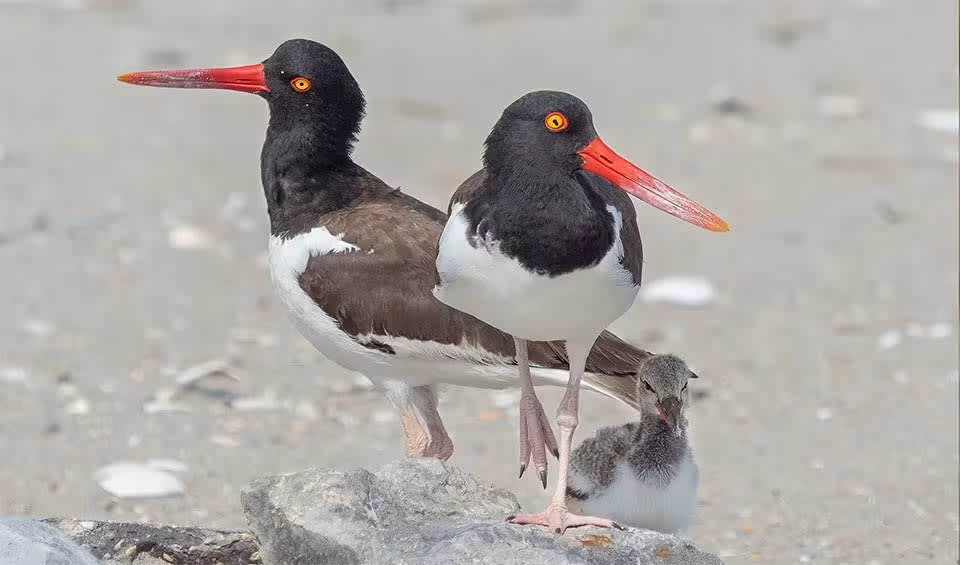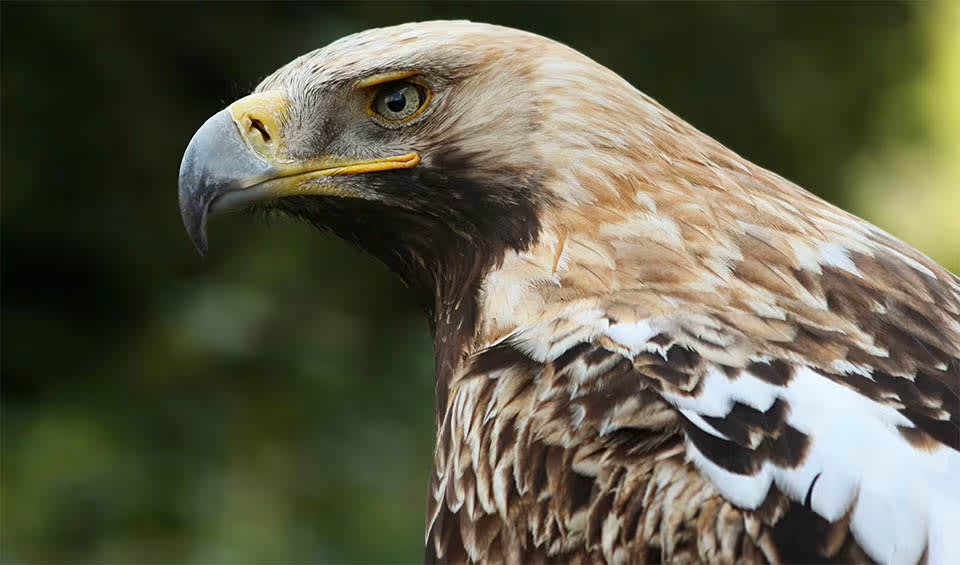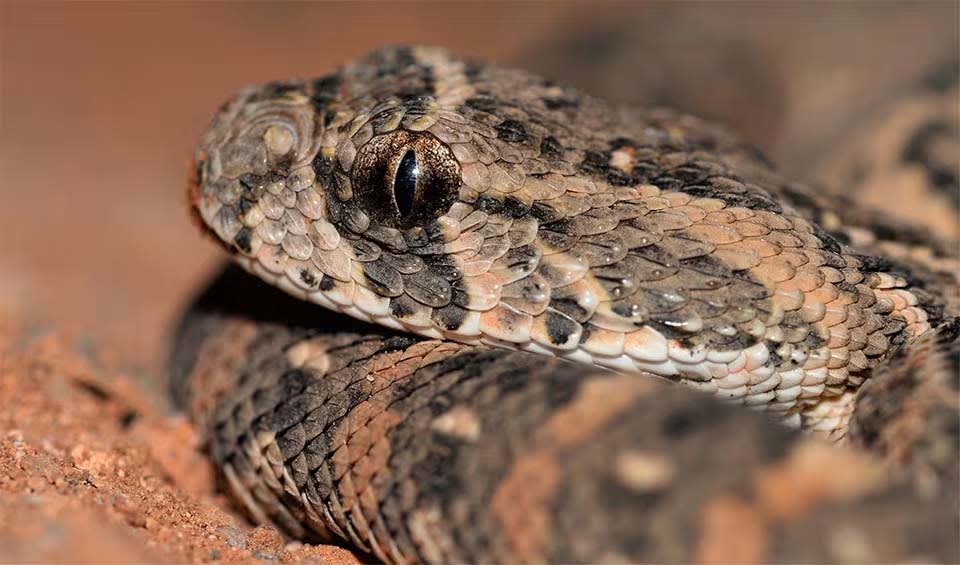Oman, situated in Western Asia, stands out as a biodiverse haven, featuring diverse landscapes including mountains, valleys, plains, and coastal areas. Its rich ecosystem is home to an array of remarkable species such as green and red turtles, sharks, dolphins, whales, Egyptian vultures, and golden eagles. A unique annual occurrence happens in May along the southern coast, where nutrient-rich seawater floods the rocky edges, creating ideal breeding conditions for marine life.
Notably, Ras Al Hadd, Ras Al Jinz, and Masirah Island host some of the world’s largest nesting grounds for green, loggerhead, and hawksbill turtles, attracting up to 30,000 individuals. Additionally, the Bar Al-Hikman area boasts extensive coral reefs spanning 30 square kilometers, supporting diverse marine flora, while the shoreline welcomes millions of migratory seabirds. Another natural wonder in Oman is the rosy lakes in Al-Jarz, colored by algae, adding to the country’s unique charm.
Four pillars elaborated:
Oman hosts a diverse array of protected areas, spanning mountains, deserts, wetlands, and marine environments, safeguarding a plethora of biodiversity, including endangered species like the Arabian oryx and green sea turtles. Notable reserves include the Al Wusta Wildlife Reserve, renowned for its diverse wildlife; the Ra’s Al Hadd Turtle Reserve, crucial for green turtle nesting; and the Ad Dimaniyat Islands Reserve, a sanctuary for marine life and coral reefs. Oman’s commitment to conservation is evident in its ongoing expansion of protected areas. As of 2021, these reserves cover over 1.52% of Oman’s total territorial area, underscoring the nation’s dedication to preserving its natural heritage. Land Management
Land Management
Biodiversity in Oman faces significant threats, including overgrazing, habitat loss, coastal and marine ecosystem degradation, invasive species, and the impacts of population growth and modern technology. Overgrazing in watersheds exacerbates erosion, leading to siltation in khawr areas and the nearby marine environment. Feral animals such as dogs, cats, goats, and donkeys, along with introduced rats, pose additional risks to wildlife, potentially endangering sensitive species. Threats to Biodiversity
Threats to Biodiversity
Coral reefs across Oman are particularly vulnerable, facing widespread and irreversible damage, including loss of resources vital for fisheries, tourism, coastal protection, scientific research, and marine biodiversity. Multiple stressors, including fishery-related activities, coastal development, pollution, and impacts from desalination plants and sea farms, further threaten coral reef health. Urgent measures are needed to address these threats and enhance biodiversity conservation efforts in Oman.
Oman is dedicated to preserving its abundant biodiversity through various conservation measures, including the establishment of nature reserves and protected areas aimed at safeguarding habitats and vulnerable species. The Arabian Oryx Sanctuary, fenced to protect and manage the Arabian Oryx population, exemplifies this commitment, striving for the species’ survival and recovery. Advanced technologies like camera trapping and satellite tracking are employed to monitor endangered species like the Arabian Leopard, aiding in the development of effective conservation strategies. Capacity and Governance
Capacity and Governance
Targeted projects focus on species like the Nubian Ibex and the Hubara Bustard, addressing specific conservation needs. Furthermore, Oman prioritizes marine biodiversity conservation, as evidenced by initiatives such as the National Coral Reef Management Plan, which outlines strategies for sustainable management and protection of coral reefs and their diverse marine life.
Oman’s National Biodiversity Strategy and Action Plan outlines several key actions aimed at conserving the country’s rich biodiversity. These include expanding protected areas to cover at least 15% of the land area by 2030, establishing new reserves and parks to safeguard critical habitats, and promoting sustainable resource management practices. Efforts also focus on ecosystem restoration, such as rehabilitating degraded habitats and reintroducing endangered species. Future Trends
Future Trends
Strengthening legal and institutional frameworks is prioritized, along with enhancing public awareness through nationwide campaigns and integrating biodiversity education into the national curriculum. Oman aims to actively participate in international conservation initiatives and seek support from international organizations for strategy implementation.
Biodiversity
Oman’s diverse desert terrain spans from the golden sand dunes in the East to the rocky expanse of Jeddah Al-Harasis in the country’s center and the vast Rub’ al Khali desert in the southernmost reaches. These regions provide habitats for various predators including lynxes, sandy foxes, wild sand cats, and the notable Ghazlan Al Reem, one of the largest deer species.In the Dhofar Governorate’s capital of Salalah, a prominent tourist destination in the Arabian Peninsula, visitors are drawn to its stunning landscapes and abundance of tropical fruits like bananas, coconuts, and sugarcane. Nestled behind the plains of Salalah lie the foothills of Mount Qara, adorned with frankincense trees that have long contributed to Oman’s reputation for producing the finest frankincense in the region.
In the table below are the number of known species in several main groups, how many of these species are Threatened with extinction, and how many of them are Endemic (unique to Oman only):
| Species (World rank) |
Threatened | % Threatened | Endemic | % Endemic | |
|---|---|---|---|---|---|
| Mammals | 87 (#129) | 10 | 11.5% | 1 | 1.1% |
| Birds | 325 (#110) | 13 | 4.0% | ||
| Reptiles | 253 (#36) | 8 | 3.2% | 7 | 2.8% |
| Amphibians | 2 (#183) | ||||
| Fishes | 1,065 (#43) | 77 | 7.2% | 11 | 1.0% |
| Plants | 1,208 (#170) | 7 | 0.5% | 77 | 6.4% |
mammals
Blanfords fox
A balanced diet for a healthy fox: fruits and insects!
Nubian ibex
Newborns are fully developed and capable of running and jumping within a day after their birth
Egyptian fruit bat
They hold their food tightly and closely to their bodies while feeding, preventing the food from being stolen by other bats
birds
Lappet-faced vulture
The African giant vulture has a wingspan up to 2.80 m (9 ft) wide
Eurasian oystercatcher
The masters of catching oysters, clams, and cockles
Eastern imperial eagle
Its imperial imagery and fierce demeanor have made it a symbol of power and nobility throughout history
reptiles
Puff adder
Notoriously grumpy, always putting on a dramatic hissy fit when approached
Desert monitor
Known for their impressive stamina and can travel long distances in search of food and water
Hawksbill sea turtle
Its slender frame and narrow head bear a beak curved like a hawk’s, earning this marine marvel its name
National Animals
Arabian oryx
A desert icon, stands tall, thriving in the sand – truly born to be wild in their extreme habitat
Peregrine falcon
At the speed of over 321 km/h (200 mph), this bird outraces a Formula1 car















